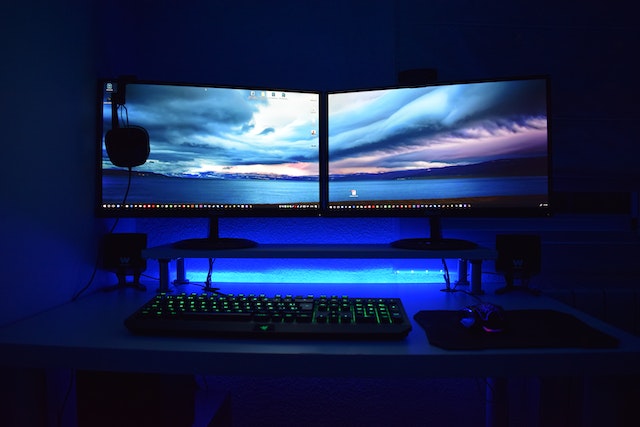The Raspberry Pi is a popular single-board computer that is used for a wide range of applications. One common use case for the Raspberry Pi is as a media center or mini-PC, and many users prefer to integrate the Pi into their existing computer case to create a unified setup. In this article, we’ll take a look at some of the factors to consider when integrating a Raspberry Pi screen into a PC case, and provide some tips for a successful installation.

First and foremost, it’s important to consider the size of the Raspberry Pi screen and the space available in your PC case. Some cases may have limited space for additional components, so it’s important to measure the available space and ensure that the Raspberry Pi screen will fit without interfering with other components or cables. You should also consider the orientation of the screen – some cases may be better suited for vertical or horizontal placement, depending on the available space.
Once you’ve determined that your PC case can accommodate a Raspberry Pi screen, you’ll need to decide on the type of screen you want to use. There are a variety of screens available, ranging from small OLED displays to larger LCD panels. The type of screen you choose will depend on your specific needs and budget, but there are a few key factors to consider:
- Size: The size of the screen will determine how much information can be displayed at once. Small OLED displays are great for showing basic information like system stats or notifications, while larger LCD screens can be used as a secondary monitor for browsing or gaming.
- Resolution: The resolution of the screen will affect the clarity and sharpness of the images displayed. Higher resolution screens will provide a more detailed image, but may also require more processing power from the Raspberry Pi.
- Connectivity: Some screens connect to the Raspberry Pi via HDMI or USB, while others require additional connectors or adapters. Make sure to choose a screen that is compatible with the Raspberry Pi’s ports and connectors.
Once you’ve chosen a screen, you’ll need to install it in your PC case. This will typically involve removing one of the case panels and mounting the screen securely in place. Depending on the size and orientation of the screen, you may need to use additional brackets or spacers to ensure a snug fit.
Once the screen is installed, you’ll need to connect it to the Raspberry Pi. This will typically involve using a HDMI or USB cable, depending on the type of screen you’ve chosen. Make sure to route the cables carefully to avoid interfering with other components or cables in your PC case.
Finally, you’ll need to configure the Raspberry Pi to work with your new screen. This will typically involve modifying the Raspberry Pi’s configuration file to specify the resolution and orientation of the screen. You may also need to install additional drivers or software to ensure that the screen is recognized and functioning properly.
In summary, integrating a Raspberry Pi screen into a PC case can be a fun and rewarding project, but it does require careful planning and attention to detail. Make sure to consider the available space in your case, choose a screen that meets your needs, install the screen securely, and configure the Raspberry Pi to work with the new screen. With a little bit of patience and persistence, you can create a unified and powerful computing setup that meets your specific needs.